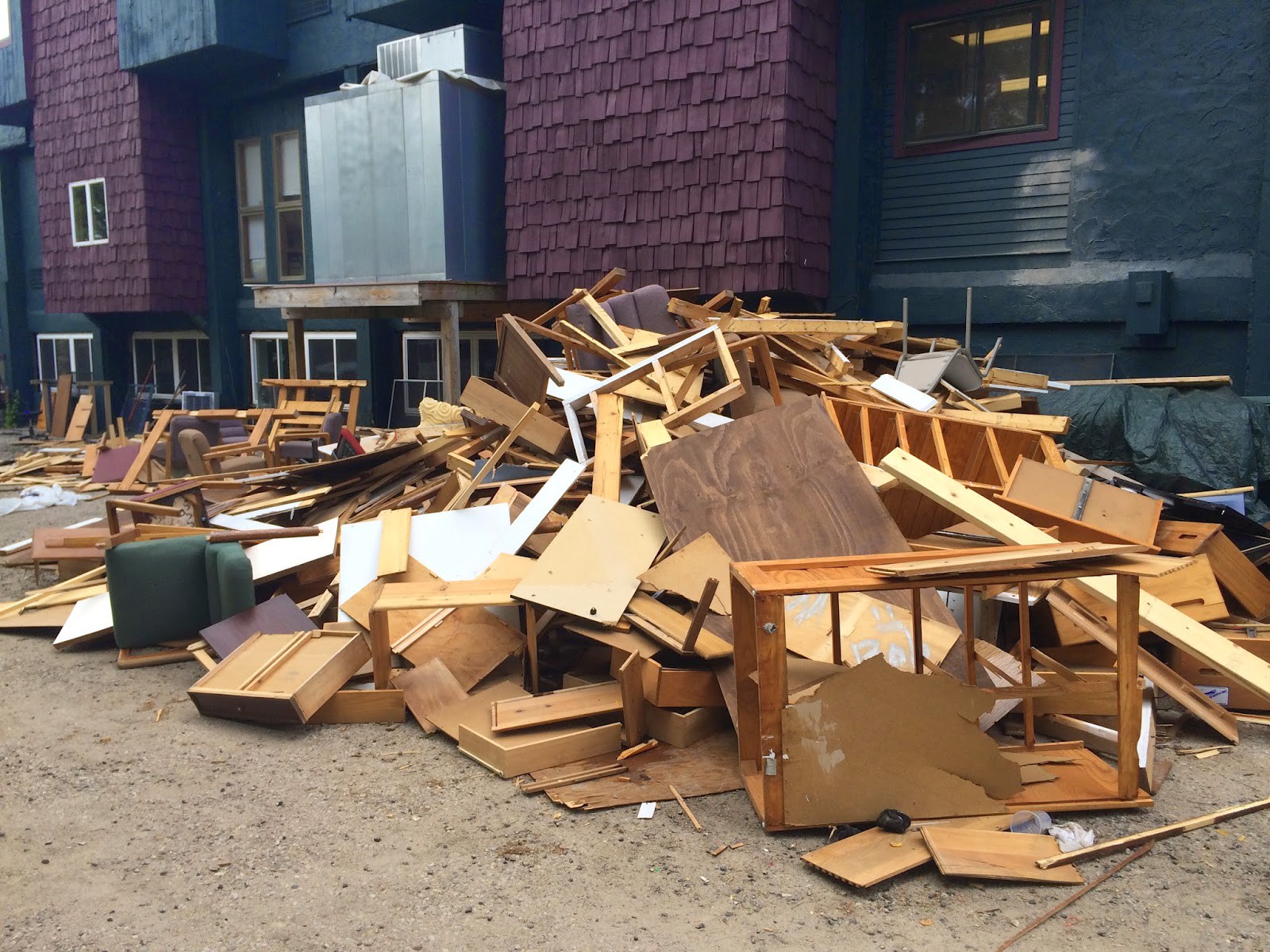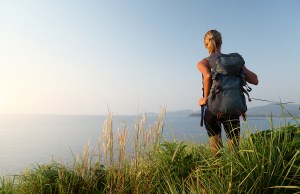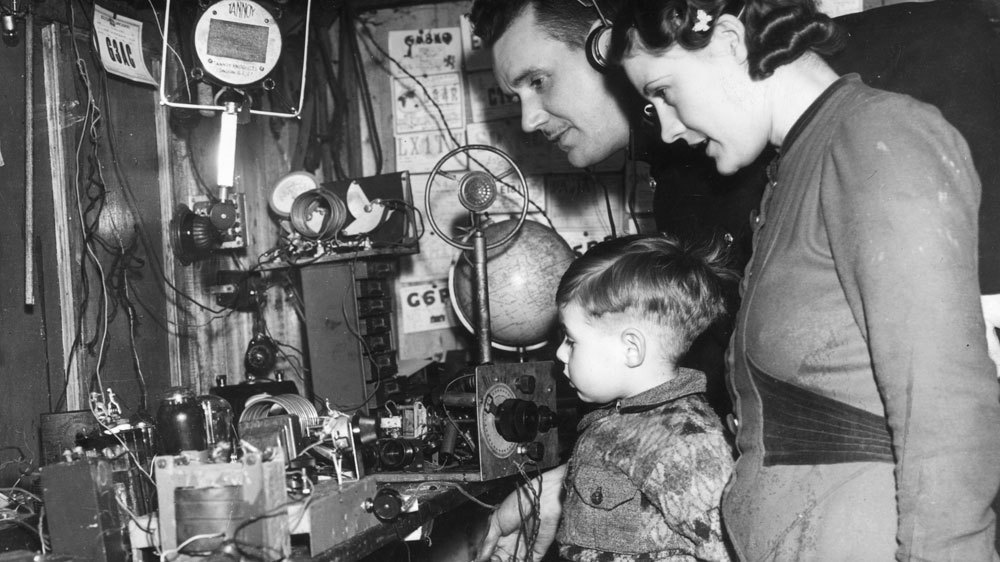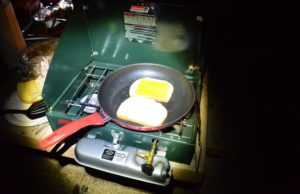6 One-Day Preparedness Projects & Skills
A ton of preparedness projects and skills can be completed in as little as an afternoon, regularly with minimal outlay of cost. Some of them can even be done with kids, significant others and neighbors, without even admitting to being a prepper. That can be a great way to learn yourself but also help others be more prepared, and fostering a work-together and DIY mindset can be huge. The confidence to do, build and create carries forward in daily life for both kids and adults, boosting other types of preparedness as well.
There’s a whole list of other ideas to research for quickie free-time, afternoon and even weekend projects at the bottom of the article. I’m not big into pushing every prepper into the Survivor-man aspect or tons of primitive/colonial skills from the outset, so you’re not going to see those from me.
Instead, here are some insights on half a dozen preparedness projects and skills that can be learned and put together in short bursts or even a single afternoon, things that can immediately affect our self-sufficiency and preparedness for daily life and major disaster events. The projects require minimal tools that most of us (should) already have.
Feather Sticks

I tend to make several when I make one, because you can use the extras to save a fire that starts to go out.
Feather sticks are handy-dandy tools anytime you’re making a fire or starting a grill, even on a small-scale with a mini rocket stove. You basically shave a stick into a fluffy cone. Doing so creates the thin shavings, increases airflow and surface area for early kindling uses, and in damp conditions has the added benefit of exposing potentially drier wood inside. They can be made with pocket knives, survival knives, and even machetes if needed.
I tend to make several when I make one, because you can use the extras to save a fire that starts to go out. That’s particularly handy in wet, windy conditions, and it’s handy while you’re learning to pyramid stack, use Swiss torches, or bank a fireplace or wood stove so it stays lit through the night.
#1 Mostest Importantest-Ever Tip: Cut away from yourself. Especially for these.
That means, do not brace a branch on your knee, ankle or thigh and then scrape a blade over a stick that could snap or have a knot that sends your blade skittering. Important tendons, blood vessels, and ligaments are in your limbs.
I won’t say anything if you’re inclined to put a stick in your shoulder and pull a blade toward your neck and eyes – Darwin is obviously working from beyond the grave and I try not to get in Darwin’s way.
Internet hunting & phone gathering
This isn’t actually a one-off. This is setting time aside to poke around sites with free and cheap used stuff, and hunting up “curbside pickup” locations.

In just one “free curbside pickup” listing, I see: high hoop poles + boards for water catchment shelves; metal trellis or bird-exclusion net supports; totes & drawers for water catchment or sub-irrigated or standard containers (big enough for shrubs and mini trees, even); and a laundry basket for growing potatoes in straw and compost
It’s also time set aside to find out who still chips trees to see if we can get ourselves a mulch source, time for calling around to see who still gets icing so we can get free buckets for food storage, and time for sourcing more buckets by calling around to see if the local humane society/ASPCA, Petsmart, Petco, or animal rescue gets kitty litter in buckets – and if they’d be willing for us to take them off their hands.
We can use Craigslist, Freecycle, and the phone to find sources for:
- Wooden pallets (all kinds of projects, from mini raised beds to tall keyhole beds, sheds, muddy-spot bridges, etc)
- Painter’s drop cloth (greenhouse, hoop material weatherproofing windows)
- Replaced storm doors & windows or mesh from the same (shade covers, exclusion frames) (general contractors, handyman, window repair specialists)
- Replaced windows and doors (cold frames to grow vegetables in cooler temperatures)

A downed tree look more like firewood or a hugel bed to me, and construction or renovation trash looks like my next source for all kinds of lumber, plus shelving I can use for raised beds pretty quickly and easily, poles for trellises and extending clothes lines, and plastic I can use as a weed exclusion, machine cover, to extend water catchment, provide shade, or to warm soil in spring and autumn.
- Creative material for trellises, fencing, and supplies to make other items on the list from others’ refuse (2-5 drawers and a deep raised bed from a filing cabinet; old wire shelving unit; DVD racks for trellises; buckets from delis, caterers, bakeries, restaurants; liquor and appliance stores for cardboard for weed exclusion and water sinks in deep beds)
- Dinged and scratched solar panels from roadside signs & hurricane netting from roadway construction & repair companies
Bucket rain catchment
We hear about rain barrels, but they can be pretty expensive to buy. Buckets are cheap or free, and easier to haul to the point of use, rearrange, and clean.
Especially early on, we might find some real benefit even in just stacking buckets on each other in a pyramid, or on a chair or stool, then a few bricks, then a couple of sticks or a boards, and angling them a bit so they overflow into each other and then maybe a lidless storage tote or freebie kiddie pool.

Rain catchment can be as simple or complex, large or small-scale as we want to make it – just getting started is more important than having a pretty, fancy system
If we cover them with old pillowcases, cut-up freebie sheets and towels, or shirts from yard sale leftovers piles, we prevent mosquitoes. We can also hide some of the “ugly” that way if we have neighbors or partners who don’t want to look at them.
We can also go higher tech with angled or laddered systems of several levels, drilling our double overflow and spigot holes as we collect hose, PVC and plumbing attachments.

Go higher tech with angled or laddered systems of several levels
Even if we don’t want to filter the captured water for human use, it can impact the amount we have to water plants or be used for cleaning purposes.
Draft-proofing
Draft-proofing (or at least locating) is about increasing the efficiency of our homes. We want to close doors and turn off lights, and creep around looking at the bottoms of doors and around the door jambs. If we have a partner, we can work at night, looking for places where their flashlight comes through. We can also carry a candle around – the dancing of the flame will help us locate and pinpoint drafts.
Some utilities will come out with sensors to help us find even the little holes where pipes and cables come into our homes.
Windows and doors can have various types of window weather-stripping, bottom-of-door weather strips, and “draft rolls” – homemade or purchased – put in place. We can also lay on clear insulating plastic to cover our windows with – or even a never-used door. There are also silicone sealants we can use with a caulk gun in some areas.
Cutting drafts can save us money on heating and cooling right now. It can also make our whole-house fans and our fireplaces more efficient – now and when we depend on them because grid power is out.
Earth boxes
Buckets and totes, metal and plastic drawers, and even some wooden drawers can be readily turned into planters. If they’ll hold water, we can also turn them into Earth Boxes and “self-irrigated” containers.

*They’re not really self-irrigated, they’re sub-irrigated but you hear it both ways
Both input water through tubes to a reservoir space, and soil or wicks then pull it to the root zones, limiting evaporation and making our water use hugely efficient.
There are all kinds of DIY tutorials out there. What I will add to them is: Be sure you don’t actually have to buy something before you do.
I know for a fact that socks that have lost their mates can be filled with the exact same soil I plant in, and work just fine as a wick without buying any specialty baskets. Chunks of wood will eventually decay, but for a long time, they work as well as PVC or bricks for supporting the grate, mesh or upper container we drilled a million holes in. Do you need PVC, or can you daisy-chain some soda bottles together to create an input tube?
We have enough expenses in this life, especially in preparedness. Pocket what you can. Buy another can to put back or go wild and treat yourself, a partner, or the family to Value Menu sundaes or a new DVD when you can.

I don’t have a lot of problems with nutrient runoff with these buckets, but you could elevate containers above other buckets, tubs or pools to collect it if you do, then dump the water back in. I’m just not big into the water-shedding lids (I hate not using rain). Mulch helps preserve more water and protect soil from compaction, which is another issue some folks have with bucket planters and container gardens.
Don’t have all the materials yet? No big.
Use the buckets as containers. Drill holes a few inches up or as much as 4-6” if you’re going to build one in the future. Fill to the holes with pine cones, sticks, logs, gravel, or mulch to limit your fill dirt to 6-16” – that’s sufficient even for corn, with a healthy mix, and the bottom becomes a water storage reservoir still, while promoting drainage. You can upgrade them into earthbox-type planters later.
More preparing with quickie skills and projects
Some other quickie afternoon, one-day and weekend projects and skills to consider are:
-
-
- Creating and scouting positions for small-game and bird snares
- Homemade solar cookers
- 550 cord fishing lures (or make them out of boot laces) get crazy creative and pick out extra threads to make newts and frogs, too
-
- perfect casting your fishing line (set up competitions in the yard)
- Pace count (multiple terrains)
- Pace count in full pack (or a small pack with equivalent weight inside); with one leg strapped straight for a hobbling effect; with an arm tucked inside your shirt/a sling
- Disposable Straws for EDC, BOBs, and camping ***Go easy if you’re inclined to put flammables like cotton, sawdust, etc. in your straws, and try to think about the flame you’re going to use for sealing it before you play with alcohol, hand sanitizer, or pre-shaved magnesium.

- Solar showers from garbage bags and garden sprayers
- Solar cooking grains in a canning jar by hanging it inside dark plastic or cloth
- Swedish torch
- Rat-trap squirrel traps
- Master sharpening knives – properly – Angles and tasks matter with blades. Dull and wrong-angle, curled-over, nicked blades increase the labor it takes to do our work. Mister P would not be allowed near my knives if I had to hold them in my teeth and use a curb to sharpen them. Papa P, now, that man could probably sweet-stone a shaving edge on a machete or a chopping wedge onto a box cutter if he needed to. The skill matters now. If we’re ever cut off, it matters more.
- Bucket-can & bucket-shingle mouse & rat traps
- Garden journal/binder
- Important document binder (& electronic versions)
- Medical DIY home-remedy binder
- Quiet step in woods & water
- Proper knots for hauling, packing, tying off, and building tepees – which can in turn support poles and racks for clothes lines and drying foods or creating shade and plant protection
- Rat-trap visual perimeter alarms
- Carrying and stacking wood – It’s not always as easy as you’d first think, and there are some camping and backpacking hacks that help, and some nifty circular or beehive piles that put tons of wood in a very small footprint
- Cord nets
- Ash cakes
Outdoor/Clay bread ovens (and research the order of baking and ways colonists used all of the heat generated efficiency; no reason to heat up the house unnecessarily)
Bannock bread – Skip the complicated versions:
- 1 cup flour (doesn’t matter)
- 1 tablespoon sugar
- 1 teaspoon baking powder
- pinch of salt
- herbs to taste (onion, garlic, Italian blend, lemon & thyme, black pepper) or dried fruit and nuts, or use chocolate chips or jimmies, brown sugar and cinnamon, and do a dessert version with apple or cherry pie filling or canned pears
Add small amounts of water to make a sticky dough or even a near-batter thickness for pans; this stuff is pretty forgiving and you don’t need 5-8 ingredients for the bare-bones survival version to be great with fresh fish or a can of chili.
You don’t have to take a lot of time to increase preparedness, and it doesn’t have to cost a fortune. In fifteen-minute increments, in a few hours, or with a weekend, you can start seriously impacting your preparedness with small, easy projects and useful skills.
A ton of preparedness projects and skills can be completed in as little as an afternoon, regularly with minimal outlay of cost. Some of them can even be done with





















































